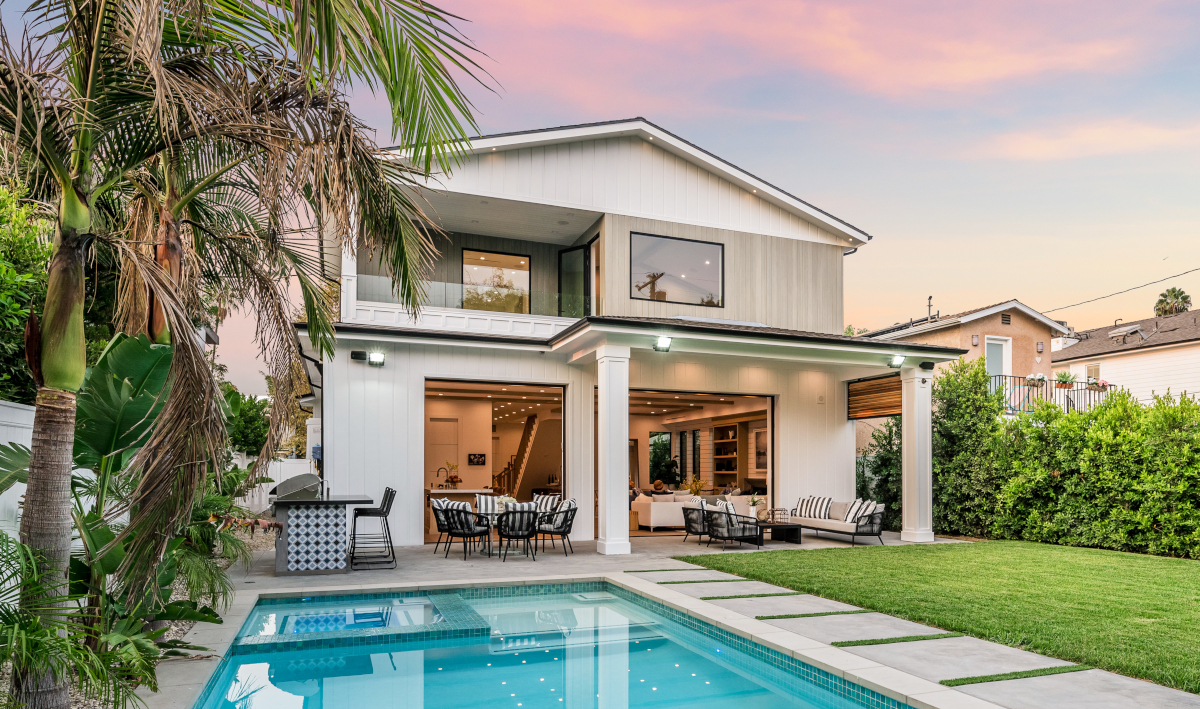But before assuming that a softening in rates means smoother sailing ahead, it’s worth stepping back to unpack what this trend really means and where private lending continues to offer long-standing advantages.
Late-Year Rate Trends: What Real Estate Investors Should Know as 2025 Comes to a Close
Topics: House Flipping Market Insights, Property Investment Strategies, Single family rentals, Housing Market Trends
How Strategic Lending Partnerships Create More Opportunity for Real Estate Investors
If you are someone who regularly works with real estate investors, partnering with the right lender can elevate the value you bring to your clients. Let’s break down what this looks like.
Topics: Insider, Property Investment Strategies, Investment Property Strategies, House Flipping, Networking
Unlocking a Powerful Tax Tool for Real Estate Investors: 100% Bonus Depreciation Is Back
At Residential Capital Partners, we help residential fix-and-flip and rental investors move quickly on opportunities that make sense. This renewed tax incentive adds another lever to boost returns, improve cash flow, and reinvest faster. Here’s what you need to know.
Topics: Rental Property Investment, Property Investment Strategies, Single family rentals, House Flipping, Housing Market Trends, Budgeting Tips, Rental Property Tips
What the Fed’s September 2025 Rate Cut Means for Real Estate Investors
This recent cut has sparked a lot of conversation in the real estate world, and for good reason. Lower rates have ripple effects across the market, from mortgage affordability to investor financing. But what does this really mean for you as a fix-and-flip or rental property investor? And where does private lending fit into the picture? Let’s break it down.
Topics: House Flipping Market Insights, Property Investment Strategies, real estate investing, Housing Market Trends
How Millennials and Gen Z Are Creating New Opportunities for Real Estate Investors
Topics: House Flipping Market Insights, Property Investment Strategies, Single family rentals, Housing Market Trends
5 Essential Questions to Ask Your Private Lender
Topics: How to Fix & Flip, House Flipping Market Insights, Property Investment Strategies, Single family rentals, House Flipping
Sell Your Fix and Flip Faster: The Power of Staging and Photography
Here’s why staging and photography should be part of your flipping playbook—and how to use them to your advantage.
Topics: How to Fix & Flip, House Flipping Market Insights, Property Investment Strategies, House Flipping
Smart Renovations to Maximize ROI in 2025
Topics: How to Fix & Flip, House Flipping Market Insights, Property Investment Strategies, Single family rentals, House Flipping
Budgeting Beyond the Purchase Price—Understanding the Less Obvious Costs of Your Fix and Flip
If you're looking to maximize your returns, here’s a comprehensive look at the real cost of a fix and flip, with key expenses you need to account for before signing on the dotted line.
Topics: Fix-and-Flip Financing Tips, Property Investment Strategies, Budgeting Tips
Bridge Rental Loans vs. Long-Term Rental Loans: Understanding the Differences
Topics: Property Investment Strategies, Single family rentals, Loans
DSCR Loans vs. Mortgage Loans: Why Choose One Over the Other?
In the real estate investment world, choosing the right financing option is crucial for success. Two popular options are Debt Service Coverage Ratio (DSCR) loans and traditional bank loans. Here, we’ll explore the differences, advantages, and disadvantages of each, and why you might choose one over the other.
Topics: Rental Property Investment, Property Investment Strategies, real estate investing, Loans
Hot Suburban Markets for Rental Properties in 2024
As we move further into 2024, the real estate market continues to evolve, with suburban areas emerging as prime spots for rental property investments. The pandemic’s lasting impact on work-life dynamics has driven many families and professionals to seek more space and a better quality of life outside urban centers. For real estate investors, this shift presents a golden opportunity. Let’s explore some of the hottest suburban markets for rental properties in 2024.
Topics: Rental Property Investment, House Flipping Market Insights, Property Investment Strategies, Single family rentals, real estate investing














